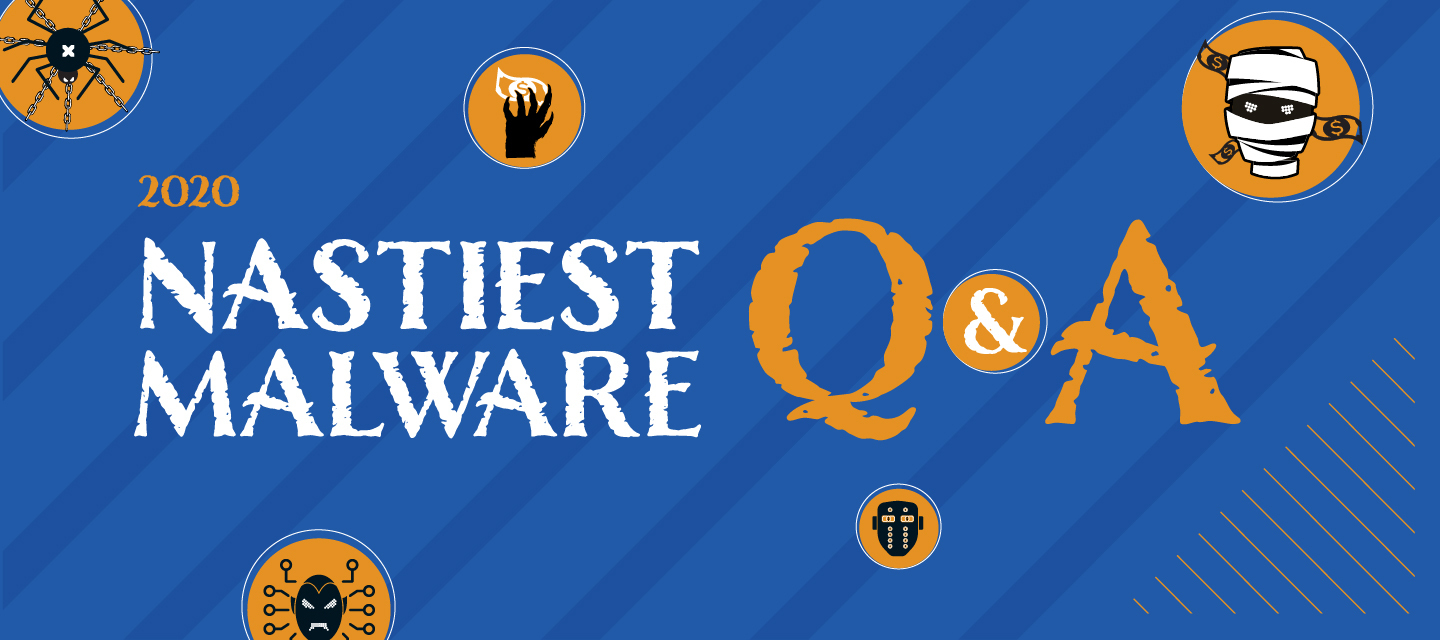Welcome to another Nastiest Malware Q&A with our security analyst, Tyler Moffitt.
We had so many questions come in that we needed to host another Q&A. Thanks as always for your questions!
Today, he’ll be available to answer your questions on the latest malware featured in our latest Nastiest Malware list. For a quick refresher, you can check out our infographic too.
To get answers to your questions, just ask away in the comments below.




